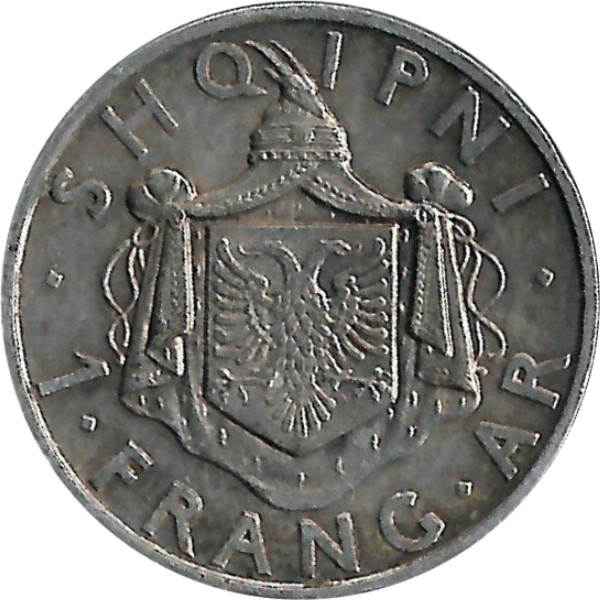Do you collect Albania coins? If so, you may be interested in learning more about the different denominations and currencies that have been used on Albania coins over the years. The overview presented below provides a basic history and description of these coins to help collectors understand their value while purchasing them.
Overview of Albania coins
The first Albania coins were struck in 1926. Albania is one of the few nations that has never changed its basic currency system. Since the country declared independence from Serbia in 1912, all of Albania’s coins had been made by foreign mints. After World War II, Albania began to mint its own coins. These coins have included various inscriptions and designs, making it interesting to collect Albania coins for anyone interested in European or world coinage.
Denmark coins: History and collecting guide
Denominations on Albania coins
If you buy Albania coins minted between 1951 and 1966, you will likely find collectible aluminum-bronze and copper-nickel versions. From the same era, you can find Albanian coins made using nickel-plated steel or different types of bronze-brass alloys.
Here is a list of Albania coin currencies and denominations:
- Qindarë (nickel or half dime): Used from 1926 to 1945 during the reign of King Zog I. The qindarë has a value of five Albanian lekë. Plural = qindarka
- Lek (lira): The main currency unit in Albania, which was introduced in January 1992. One lek is divided into 100 qindarka. Plural = lekë
- Frang or frang ari (franc): Used as an unofficial currency from 1945 to 1992; it was worth about 25 Albanian leks. Plural = frangi
- Dollar: Used as an unofficial currency from 1945 to 1992; it was worth about 125 Albanian leks
See also: Italy coins: Guide to collecting the coins of Italia
Inscriptions on Albania coins
Collectors of Albanian coins will find that many collectible denominations have unique inscriptions. The first coins issued in 1926 had inscriptions written in the Albanian language, which uses a Roman alphabet (as does English) with some special characters. Early Albania coins will generally feature the word SHQIPNI, a local term for the country.
After 1951, different bronze-brass alloys were used to mint coins, and some of these later collectibles may not feature Albanian inscription. Inscriptions on more-recent collectible Albania coins have included SHQIPËRI (another word for “Albania” in the Albanian language). Some collectible coins from this era also feature inscriptions in Turkish and Italian. For example, pre-World War II collectibles often featured an inscription that read KUÇOVË or KUCOVE (translated to English as Kukës), which was a city name at that time.
Browse 138 current Albania coins for sale offers here
Albania’s varied coin designs
Some collectors might be interested in finding coins with King Zog I’s image on them, while others may prefer more recent commemorative pieces. One version of the 100 lekë coin was made of nickel, weighed 4.76 grams, and had a diameter of 23mm. On this coin was displayed the Albanian eagle. Fifteen years later, a bigger denomination of 250 lekë was issued with the same design, but this time it was silver, weighed 14.54 grams, and had a diameter of 27 mm.
On these and many other Albania coins, designs vary, so comparing and contrasting different coins can be one of most fascinating aspects to collecting coins from this country.
Collecting Albanian coins can be a fun and interesting hobby. Albania has issued collectible pieces in various denominations over the years, many of which feature unique inscriptions written in the Albanian language or collectible designs featuring King Zog I. If you want to collect Albania coins, consider pieces with different denominations and inscriptions as a way to diversify your collection.










